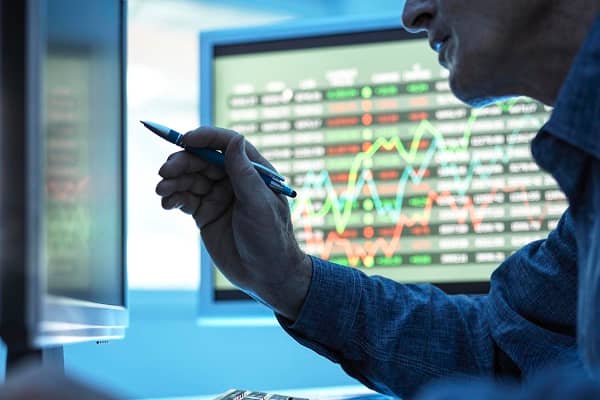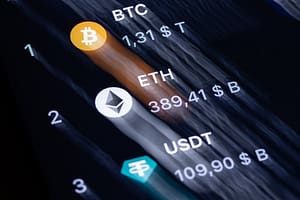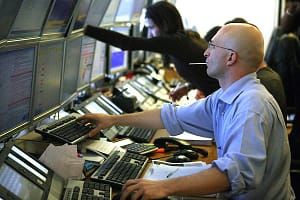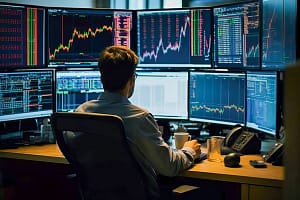Cryptocurrencies, IPOs, SPACs, meme stocks and more have all gone up like a rocket but then come down like the stick.
Interest increases the catalyst, as money now has an actual cost again, but the period of ultra-loose monetary policy may be the real reason behind this boom and bust.
Financial markets may get the rate cuts they crave, but not for the reason they expected.
“It is three years since the first Covid-inspired lockdown in the UK and it is still not entirely clear whether patterns of human behaviour will be affected over the long-term or not. But what is becoming increasingly clear is that stock markets’ expectations of a ‘new normal’ proved largely incorrect and the last three years have started to look like an aberration, not a brave new world,” says AJ Bell investment director Russ Mould. “As central banks and governments have withdrawn stimulus, cryptocurrencies, initial public offerings, Special Purpose Acquisition Companies, UK gilts and now banks have all blown up at some stage, or at least wobbled, and now investors could be forgiven for worrying about what might come next, especially as policymakers keep raising interest rates.
“The collapse of Silicon Valley Bank, the UBS takeunder of Credit Suisse and fresh share price plunges in European banks are once more putting the spotlight on monetary policy and begging the question of whether central banks may already be running it too tightly, as they hike interest rates and seek to shrink their balance sheets through Quantitative Tightening (QT).
“Weak risk controls ultimately unstitched Silicon Valley Bank and Credit Suisse, but the root of their woes may not lie in the sharp interest rate increases pushed through by central banks in the past year, but with the lengthy period of zero interest rate policies (ZIRP) and Quantitative Easing (QE) which preceded them.
“A period of central bank manipulation to keep the cost of money artificially low – albeit you can argue for good reason in an era of the Great Financial Crisis, the European Debt Crisis and COVID-19 – encouraged risk taking on an epic scale. As interest rates and bond yields rise, we are now discovering what may be the genuine cost of money, with the result that risk appetite wanes and capital is treated with greater respect.
“Just look at the share price chart for Silicon Valley Bank. In the technology, media and telecoms bubble of 1998 to 2000 it soared from $15 to $65 but then collapsed and gave all of that back between 2000 and 2002 as the bubble burst. It then took the stock eleven years to get back to $65, only for it to then go wild amid of rush of technology floats and fresh deposits from newly minted (multi)millionaire entrepreneurs and soar to a peak of $753 in November 2021. The 1998-2000 bubble paled into insignificance compared to the that of 2020-21 but the vibrant party has now given way to a hangover. SVB had crashed to $106 before the suspension of trading in its shares.”





Leave a Comment